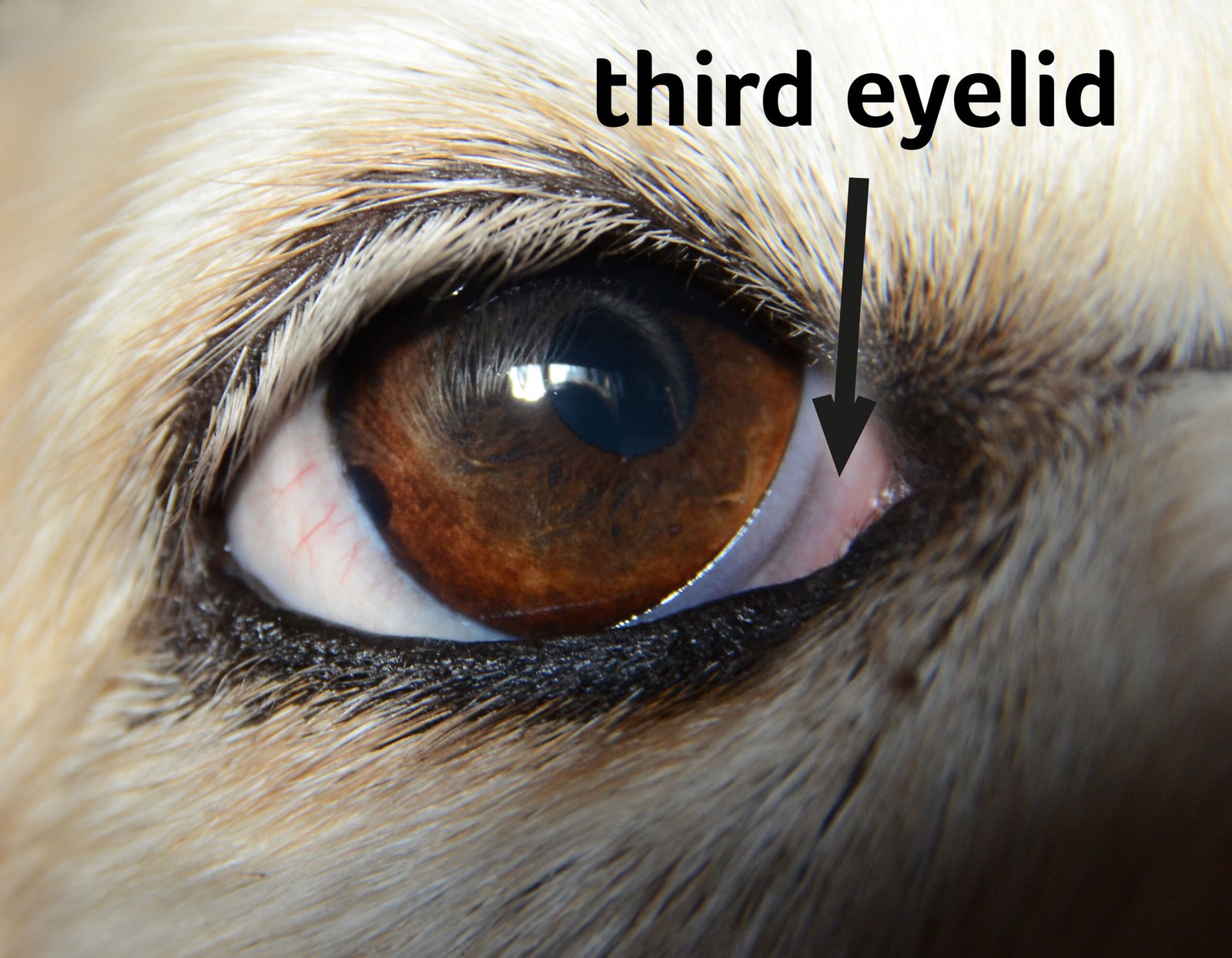Living in the Sonoran desert has been an eye-opening experience. Not only do humans have to be cautious of the environment, but our companions need to be taken care of as well. Here are some tips to keep your pet safe from the dangers of the desert.

Coyotes are one of the biggest threats to pets. They have been known to actively hunt and attack pets, even big dogs like German Shepherds. To prevent danger, always keep your pet leashed and supervise them closely. Coyote vests made with Kevlar and spikes can also provide protection.

Bobcats are another predator to keep an eye out for. They typically prey on small animals but can attack larger pets if they feel threatened. Keep your pet leashed and supervise them closely, especially during dawn and dusk when bobcats are most active.
Rattlesnakes are common in the desert, and their venom can be fatal to pets. Keep your pet on a leash, and avoid areas with tall grass or rocks where snakes may hide. Be aware of your surroundings and look out for warning signs such as the sound of a rattlesnake’s rattle.
Hawks are a danger to smaller pets. They circle above as they hunt and may swoop down to snatch a snack. To prevent this, never leave your pet unattended outdoors, and consider purchasing a predator eye add-on to deter hawks.
Cactus spines are hard to see but can be very painful for pets. To prevent injury, always scan the area before letting your pet outside. Use boots for cactus spike things in the ground, or consider a pet playpen to keep them safe.

Valley fever is a fungal infection that affects both pets and humans. It’s caused by inhaling fungal spores found in soil, and symptoms can range from mild to severe. To prevent valley fever, avoid areas with disturbed soil, and keep your pet indoors during dust storms. Regular visits to the vet can also catch any signs of infection early on.
By being aware of these dangers and taking necessary precautions, you can ensure that your pet stays safe in the Sonoran desert.




Leave a Reply